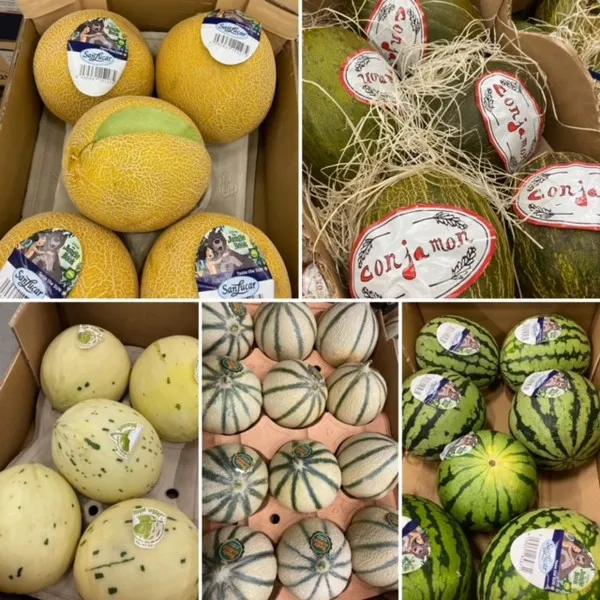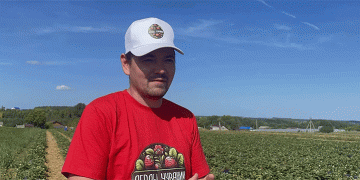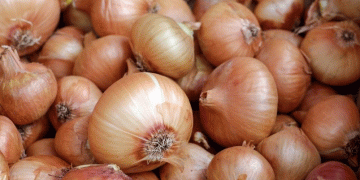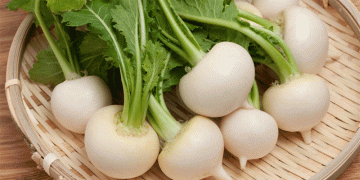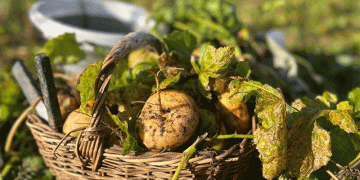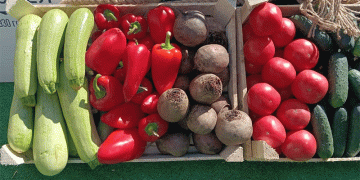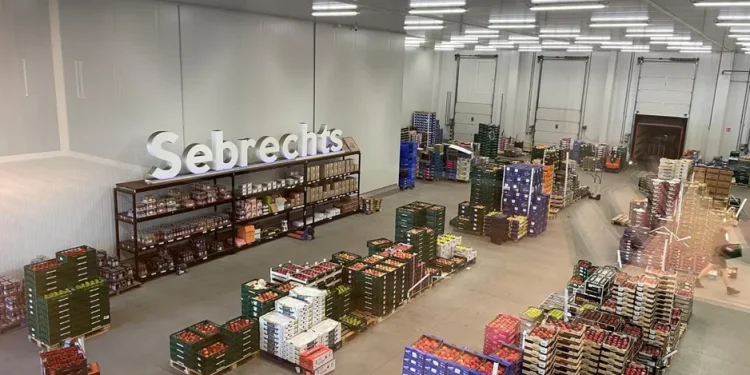Storms and Rain Disrupt Supply Chains and Drive Up Prices for Vegetables
Belgian wholesalers are grappling with significant challenges this summer as inclement weather disrupts vegetable production and supply. The overcast, wet conditions have hindered both supply and demand for key vegetable crops during what should be a peak season.
Adverse Weather Conditions Affecting Supply and Prices
The summer of 2024 has not met the expectations of Belgian wholesalers. Ellen and Nathalie Sebrechts of Sebrechts Groenten en Fruit highlighted the difficulties stemming from unfavorable weather conditions, particularly the heavy rains that began in late June. “It has been a challenging period. While we experienced some favorable weather briefly, it was followed by adverse conditions and the onset of the holiday season,” Ellen Sebrechts noted.
Spring was particularly problematic, resulting in higher prices for many fruits and vegetables. Notably, cherries, a popular commodity in Belgium, have been in short supply and remain expensive. The early season has seen the Regina variety arriving sooner than usual, with a potential early end to the season due to these weather disruptions.

Storm Impact on Vegetable Production
The recent storm in the Mechelen region has exacerbated the situation. Nathalie Sebrechts reported severe damage to open-grown vegetables, including beans, cauliflowers, and fennel. “The storm has devastated many hectares, leading to a significant supply shortfall. Growers will be unable to deliver produce for the next 4–5 weeks, which has caused a substantial increase in prices,” Sebrechts explained.
The destruction of crops not only affects prices but also creates logistical challenges for wholesalers. The anticipated drop in prices, typically seen when Dutch and machine beans come to market, is now uncertain due to the timing of the storm and its widespread impact.
Impact on Sales and Market Trends
Despite the local challenges, there is a steady influx of imported produce. The Sebrechts sisters noted that while local fruit and vegetable availability is constrained, high-quality stone fruits like nectarines and peaches, as well as Spanish melons, are filling the gap. The introduction of specialty items, such as white cherries and yellow watermelons, continues to attract consumer interest, although there is a general trend towards safer, well-known products during this period.
The holiday season has further influenced market dynamics, with reduced demand and slower sales from early July until the end of August. This cyclical slowdown is a common trend in the sector, but it has been amplified by the current weather conditions.
Looking Ahead
The Sebrechts sisters remain optimistic despite the current difficulties. Ellen Sebrechts emphasized the importance of adaptation and innovation, noting that the company’s new website is helping to connect with customers and promote new products. “While this year has presented challenges, we are committed to navigating these issues and preparing for better conditions in the future,” Sebrechts concluded.
The weather’s impact on vegetable prices and supply highlights the volatility of the agricultural sector. As the industry continues to face unpredictable conditions, adaptability and forward planning remain crucial for both producers and wholesalers.
